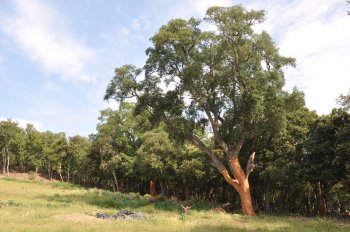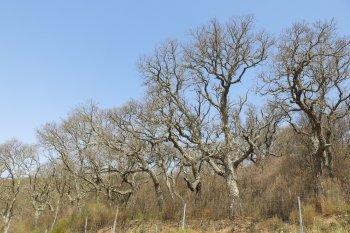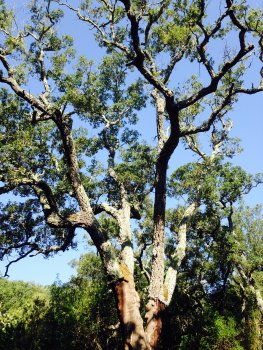The Archi method applied to cork oak
Cork harvesting, every 10 to 15 years depending on the region, requires trees in good phytosanitary conditions and is a potential source of stress, especially if debarking is poorly done. Hence the interest in having a tool to assess the trees phytosanitary conditions, which can be used as a decision support tool when carrying out silvicultural operations. This tool is based on a visual diagnostic method called Archi, developed by CNPF. ARCHI is based on the reading of tree crown architecture using a specific identification key referring to different architectural types related to...



